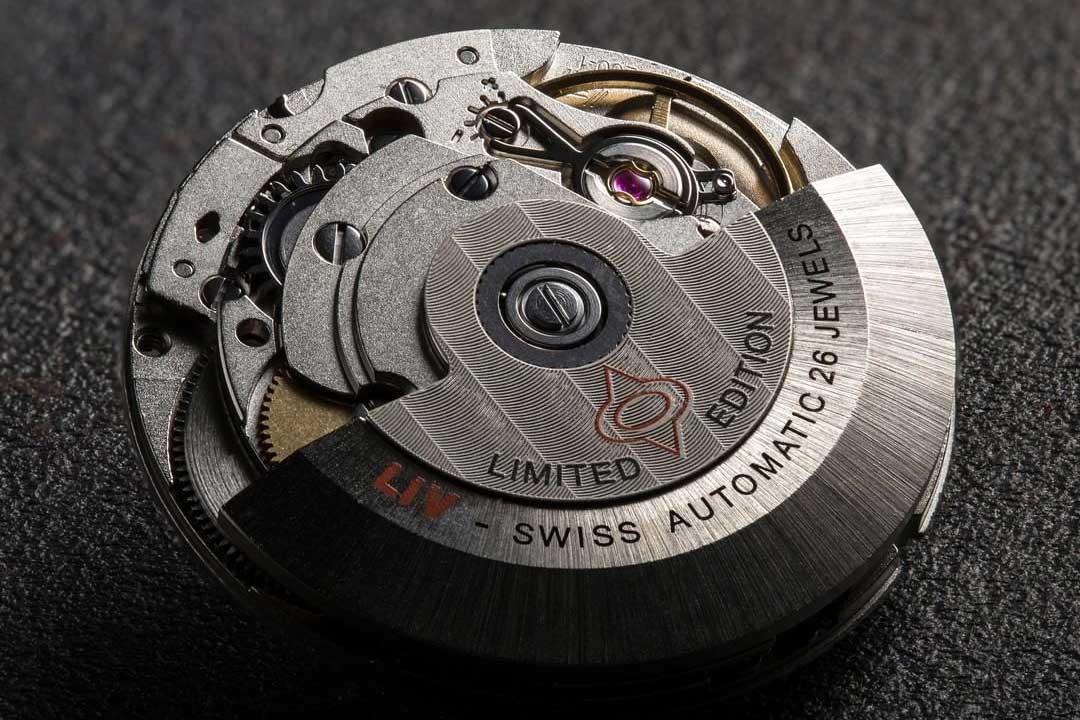
Top 5 Things to Consider in a Watch Movement
Share

1. MECHANICAL MOVEMENT VS QUARTZ MOVEMENT?
Through hundreds of years and rich horological history, the watch industry has innovated, evolved, and pushed the boundaries of watchmaking. It was only relatively recently, though, that a watch movement could be categorized into two distinct groups.
WHY QUARTZ WATCHES ARE GOOD
A quartz watch movement uses an electronic oscillator synchronized by a quartz crystal to power it, allowing for extreme accuracy. It also allows for features just not possible with the more traditional, mechanical watch movement, especially in the area of digital displays, GPS position, temperature, and so forth.
It's relatively new to the game, first hitting the market in 1969, in the form of Seiko's Astron. The introduction led to a crisis for the Swiss watch industry, as the quartz far exceeded the accuracy of the traditional mechanical watches and could also be produced relatively cheaply.
Quartz watches of today are way ahead of what they were back in ‘69, and the Astron of today has capabilities far surpassing its predecessor, including solar power and GPS-linked time. The quartz movements have also evolved beyond their basic initial form to the point where some high-end quartz movements can be repaired similar to their mechanical counterparts rather than being trashed.

Mechanically-powered movements, whether automatic or hand wound, are the diametric opposite of quartz alternatives. They consist of an intricate system of tiny moving parts, that work in principle, much like a wind-up toy car. Components such as the mainspring, the balance-wheel, the gear train, all must work efficiently and harmoniously, to measure time with reliable accuracy.
The impressive micro-engineering necessary to produce mechanical timepieces, inspire awe and respect (and a few other emotions perhaps) amongst the enthusiasts who favor the traditional art of mechanical watches to the modern functionality of quartz.

WHY ALL THE FUSS OVER ACCURACY?
The pursuit of accuracy in mechanical watches might seem exaggerated to newcomers to the world of horology. After all, in earlier times, what did it matter if a watch was a few minutes off? For most activities, the issue of accuracy was not such a big deal.
However, accuracy was of paramount importance for running railroads, the lifeblood of transportation. Inaccurate watches lead to several disastrous train collisions until watchmakers were able to produce reliably accurate watches. Thanks to continued improvements, today’s mechanical watches are accurate to within +/- 4 seconds per day!
YOUR BOTTOM LINE?
Fortunately for all watch lovers, choices abound that will satisfy any need or desire. From a $5 quartz watch to use in the garden to a handcrafted tourbillon priced well over $1,000,000, the options are endless.
2. IN-HOUSE WATCH MOVEMENT VS OUTSOURCED
Producing a movement, and in particular, a mechanical movement is challenging and poses all sorts of engineering obstacles. For any company to create a mechanical movement entirely by themselves is rare. Historically, different companies specialized in spe
cific parts of a movement, and so a single watch movement could include components from many different suppliers.
Nowadays, this still happens, but some brands still produce the entire watch and movement, entirely in-house. Nevertheless, the vast majority of mechanical watches utilize parts from a variety of manufacturers, including some of the very high-end brands.

CRITICISM OF OUTSOURCED MOVEMENTS
Many die-hard collectors take issue with luxury brands using movements from other companies especially those capable of building them in-house. To these collectors, it is merely a move to increase profit at the expense of horological purity.
THE BENEFITS OF OUTSOURCED MOVEMENTS
Outsourced movements that are commonly used like the Valjoux 7750 and ETA 2824, tend to have lower service costs and fewer headaches compared to those of in-house movements. The average watch repair person should be familiar with most ETA movements, but you wouldn't expect him or her to have appreciable knowledge for an in-house Jaeger Le Coultre.
Note: If you are fortunate enough to own a watch with an in-house movement, it is wise to allow only the manufacturer or their approved watchmakers to perform any service on the timepiece. Your results otherwise can be catastrophic!

3. DOES 'SWISS MADE' MATTER FOR WATCHES?
Wristwatch enthusiasts and collectors frequently express reverence and preference for the 'Swiss Made' label. So, the question is, does Swiss Made matter, or is it merely clever marketing? If you compare two watches with identical features and complications, is it worth paying more for the one with the Swiss Made tag?
It’s hard to argue with buying a Swiss Made watch. There are lots of reasons to make that purchase. Often, however, the price differential is too much for average collectors or people in search of a solid watch to afford. Let’s take a look at what defines a watch as Swiss Made.
DEFINITION OF 'SWISS MADE' BY SWISS LAW:
Swiss movement: A watch movement is considered Swiss if:
- The movement has been assembled in Switzerland
- The movement has been inspected by the manufacturer in Switzerland
Swiss Made: A watch is considered Swiss, according to the Swiss law if:
- Its movement is Swiss
- Its movement is cased up in Switzerland
- The components of Swiss manufacture account for at least 60 percent of the total value, without taking into account the cost of assembly.
- The manufacturer carries out the final inspection in Switzerland
THE BOTTOM LINE ON SWISS MADE?
The Swiss name does matter and has standards implied that very naturally instills a certain level of respect and confidence on the part of the consumer.
However, the inaccessibility of Swiss Made watches due to their prices makes high quality watches with movements from other countries, in particular, Japan, worth considering.

4. WHAT WATCH FEATURES AND COMPLICATIONS DO I NEED?
Watch movements of all stripes will vary in their capabilities. In the horological world, any function a timepiece provides other than simple timekeeping may be called a “complication.” These features earned this name because making a mechanical movement perform a function other than telling time complicated the movement regarding, design, manufacture, assembly, and maintenance.
COMMON MECHANICAL COMPLICATIONS
Mechanical watches are limited in the complications they can produce given the mechanical nature of their movement. Mechanical complications are most commonly analog, being represented by a hand in a dial pointing to relevant information. As close as a mechanical movement can come to digital is with date displays, particularly the big date complication where a pair of rotating wheels display numbers.

QUARTZ COMPLICATIONS
Quartz movements can replicate any mechanical complication, except the tourbillon (for which there is no need to reproduce) at a lower price. This replication even includes minute repeaters!
On top of this, they can implement many features impossible for mechanical movements like display of GPS position, temperature, altitude, barometric pressure, multiple time zones (digital and analog), analog alarm, and so forth. It all becomes a matter of which watch meets the buyer’s needs best. Here are some unique examples impossible with mechanical movements:

THE BOTTOM LINE?
Quartz is the champion when it comes to offering affordable, complication-rich timepieces. On the other hand, mechanical watches have their own appeal. Again, the good news is there is something for everyone!
5. WHAT WATCH SIZE IS RIGHT FOR ME?
For the past several years, there has been a move in the watch world toward larger and larger wristwatches. Where a watch with a diameter of 35 mm was typical for a man’s watch, around the turn of the century, "large" became increasingly popular. Today, an average size for a man’s watch is routinely in the 40+ mm range with options of 50+ mm common.
From the perspective of a mechanical movement, purists see smaller as more technically challenging. Indeed, they have a point. Designing, manufacturing, and assembling a mechanical movement for a 50 mm watch 20 mm thick is a whole lot easier than designing a movement 35 mm in diameter and 2 mm thick.
THE BOTTOM LINE?
Personal preference reigns here. Size is not that much of an indication of quality, especially given the quality of movements in use today. The exception to this might be in thin watches. These do present an engineering challenge their thicker cousins don’t face.
So, do you want to flaunt a 1 pound gorilla on your wrist or slip a wisp of a precision timepiece under your cuff? You get to decide. You and your budget, of course.
CONCLUSION
The world of horology, or watches, has fascinated enthusiasts for centuries and evolved from the simple task of telling users the time to becoming works of art priced in the millions. Watch buyers and collectors in the 21st Century have an unparalleled opportunity to choose the watch that fits their needs, desires, and style perfectly. Size, thinness, complications, materials used, strap styles, dial, and case design, quartz, or mechanical, the combinations are endless. The real beauty is the choice is the buyers!

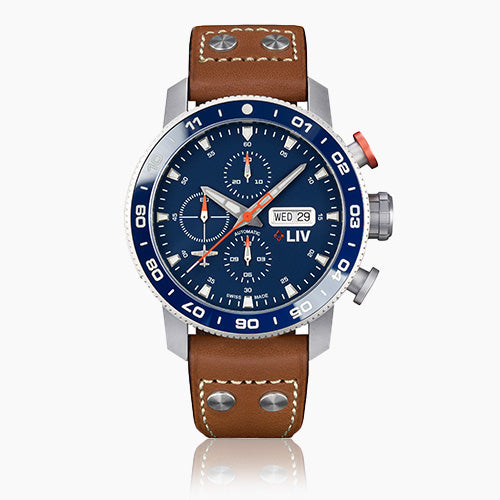
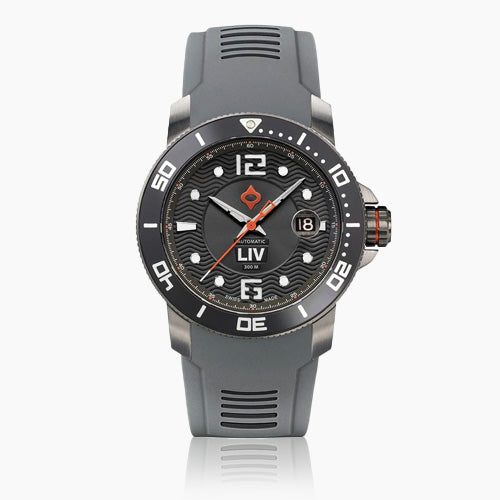

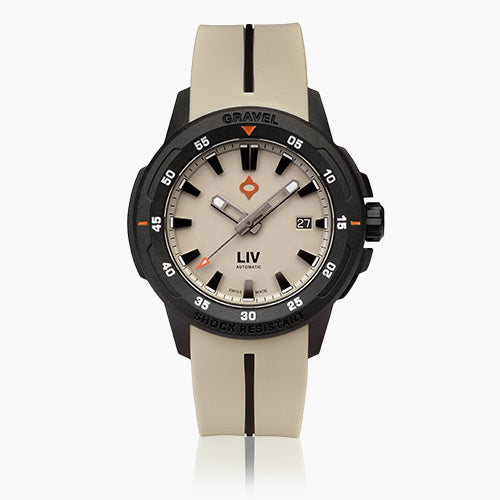
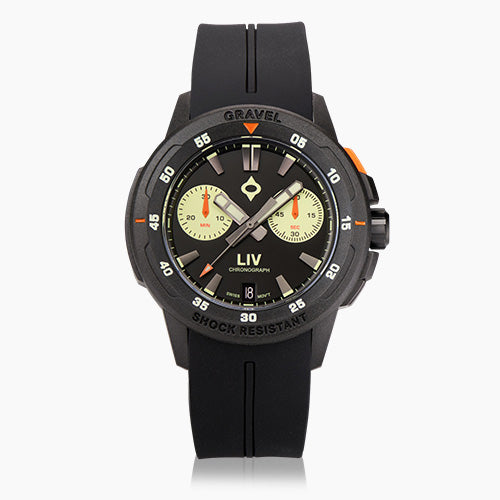
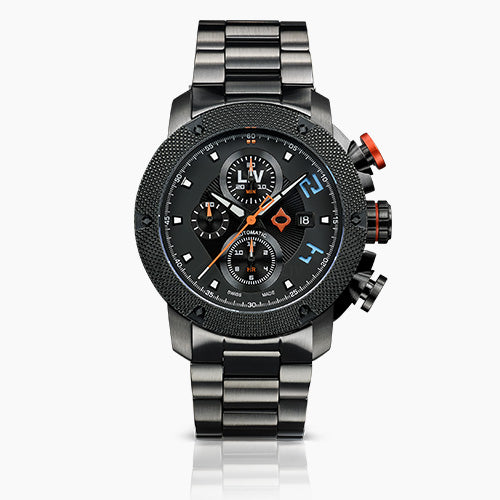
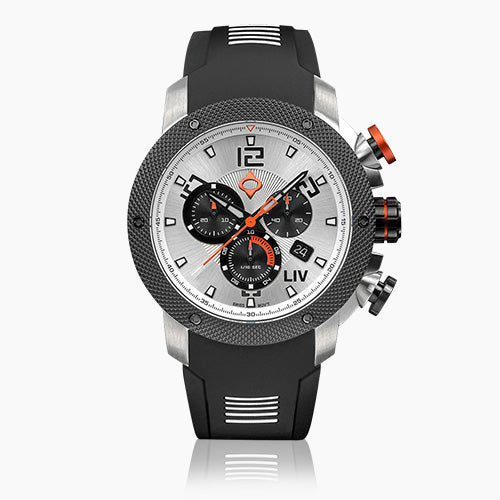
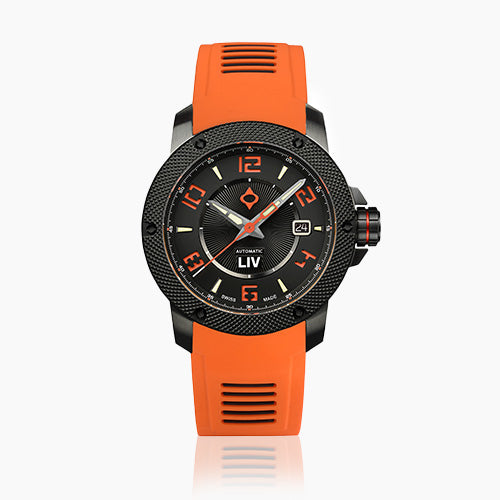
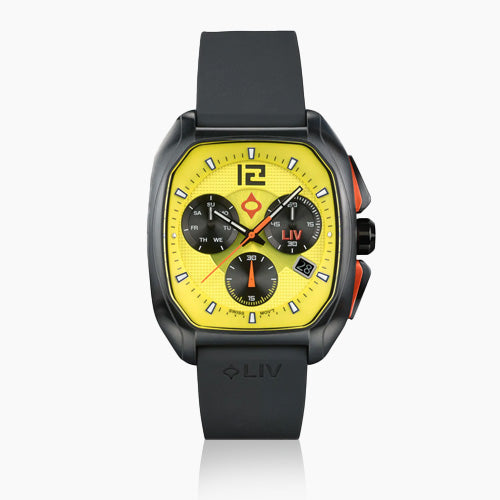

1 comment
very interesting , but , by the way , does someone already received his P51 watch , wat are his impressions about it , nice, quality , accuracy and so on . I am amazing , also waiting impatiently to receive mine .